|
Franklin County Farm Bureau Foundation and the Franklin County Farm Bureau Young Leaders Committee awarded scholarships to two Franklin County students. Each recipient will receive $1,000.00 towards their college education.
Addison Dungy, daughter of Matt and Andrea Dungy, is a 2022 graduate of Benton Consolidated High School. Addison’s high school activities included volleyball, golf, basketball, track and field, softball, FFA and was a 4-H member. Addison attended Frontier Community College where she played volleyball and softball. She plans to go to Murray State University and major in Animal Science to pursue a career as a Veterinarian. Derek Sample, son of Jason and Heather Sample, is a 2021 graduate of Sesser-Valier High School. In high school, Derek was involved in FFA, including serving as Section 21 President, Vice President and Sentinel, Youth and Government, Scholar Bowl, ACES Team, Math Team, Sesser-Valier High School CTE Advisory Committee, and National Shotgun Shooting Team Member. He is also a member of the Franklin County Young Leaders Committee. After high school, Derek served as the FFA State Vice President before attending Rend Lake College. Derek plans to attend Southern Illinois University and major in Agriculture Education to pursue a career as an Agriculture Teacher.
0 Comments
Illinois’ black vulture population has increased in recent years, creating significant disruptions for livestock farmers. The birds, which are federally protected under the Migratory Bird Treaty Act, are known to prey on livestock and birthing mothers, causing significant injuries and even death. To provide farmers a tool to better protect their livestock, Illinois Farm Bureau (IFB) recently secured statewide black vulture depredation permits through the U.S. Fish and Wildlife Service. The permits are effective April 1 through March 31, 2025. “Illinois’ black vulture population has increased significantly in recent years, particularly in the southern portion of the state. These birds often prey on young livestock, especially in open pastures, and can create major financial losses for farmers,” said IFB President Brian Duncan. “Securing these federal depredation permits streamlines the application process and reduces cost to the producer. It is our hope that this process helps farmers access the necessary tools as quickly as possible to protect their livestock.” Black vultures, which have a dark gray head and are aggressive, should not be confused with their larger, less aggressive and red-headed relative, the turkey vulture. Turkey vultures may be found throughout Illinois. Black vultures live in southern regions but are expanding their range further north, creating depredation problems for farmers. As migratory birds, black vultures are protected by the Migratory Bird Treaty Act, state laws and regulations, therefore, they can’t be killed or destroyed without a migratory bird depredation permit from USFWS and a Class B nuisance wildlife control permit from IDNR. IFB continues to work with U.S. Department of Agriculture Wildlife Services to issue federal sub-permits to livestock farmers who are experiencing issues with black vultures on their land. IFB will also continue to work with the Illinois Department of Natural Resources (IDNR) to secure the necessary state permits for farmers seeking approval. “The Illinois Department of Natural Resources is continuing to cooperate with the Illinois Farm Bureau and USDA Wildlife Services to develop a simple process for livestock producers to receive federal and state permits for removing black vultures that can be harmful to their operations,” IDNR Director Natalie Phelps Finnie said. “I am glad we were able to continue the process created two years ago that provides relief to Illinois stockmen while still meeting our obligation to conserve protected species.” IFB will issue sub-permits as a benefit to livestock farmers who are experiencing problems with black vultures and assist in securing IDNR’s required permit. The sub-permit is available to livestock farmers facing depredation of commercial livestock, which includes cattle, horses, sheep, goats and swine. Approved applicants will be allowed a maximum of three birds, determined after consultation with USDA Wildlife Services. Following the consultation and approval, a state permit will also be provided by IDNR. Applicants must agree to follow all rules and regulations required by USFWS in the IFB statewide permit and the requirements of the IDNR permit. Illinois Farm Bureau, IDNR, USFWS and USDA Wildlife Services created this permit process in 2021 to assist livestock producers. Interested livestock producers may request a sub-permit application by contacting Illinois Farm Bureau Associate Director of Commodity and Livestock, Tasha Bunting, at [email protected]. The Illinois Farm Bureau is a member of the American Farm Bureau Federation, a national organization of farmers and ranchers. Founded in 1916, IFB is a non-profit, membership organization directed by farmers who join through their county Farm Bureau. IFB has a total membership of more than 364,452 and a farmer membership of 75,959. IFB represents three out of four Illinois farmers.
Students can count on support of scholarships for college tuition during the 2024-2025 school year, courtesy of the IAA Foundation.
The charitable arm of the Illinois Farm Bureau, the IAA Foundation, is awarding $151,501 to 89 students pursuing degrees in agriculture-related fields. Students are selected based on their activities and leadership, their community involvement, professional career goals and their overall commitment to success. “Each year we are proud to support and encourage students who represent agriculture’s strong and vibrant future,” said Jennifer Smith, Development Manager, IAA Foundation. Derek Sample of Sesser was a recipient of the Allen and Ellen M. Blessman Scholarship. Derek will be attending Southern Illinois University Carbondale to study Agricultural Education and is a member of the Franklin County Farm Bureau Young Leaders Committee. A full listing of recipients can be found at www.iaafoundation.org Annually, the Illinois Farm Bureau and county Farm Bureaus combine to award more than $1,000,000 in scholarship support. “The scholarship program acknowledges hard-working students and offers financial support so they can pursue their dreams and land careers in agriculture,” Smith said. “Through generous farm gifts and contributions from individuals, farm families, Illinois Farm Bureau members, and others who support our industry, we continue to see diversification and growth in our program.” For more information on the IAA Foundation scholarship program, how to establish a scholarship, or to donate to a scholarship fund, visit the IAA Foundation’s website at www.iaafoundation.org or call 309-557-2232. West Frankfort FFA and Franklin County Farm Bureau hosted a Farm Safety Day for 4th and 5th grade students from West Frankfort on April 25th at the Rend Lake College Agronomy Building. Students were able to learn about general farm safety from Blake Patton and Addison Page of Rend Lake College, animal safety from West Frankfort FFA, seat belt safety from the Illinois State Police, firearm safety from the Illinois Conservation Police and lawn mower safety from H&R AgriPower.
We would like to thank Rend Lake College for donating the use of their equipment and facilities and to the COUNTRY Agents of Franklin County, Trudee Wynn, Leann Stilley and Dana Wylie for donating lunch for the volunteers. We would also like to thank Illinois Farm Bureau and COUNTRY Financial for providing a Farm Safety Grant to help make this event possible. On March 28th, Franklin County Farm Bureau Young Leaders had their annual Pork Loin Sale to raise money for their scholarship. They were able to raise a gross profit of $2,410.00. Thank you to everyone who supported the sale!
Pictured left to right are Gayla Walker and Young Leader Chairman Michael Browning. Michael Browning, Franklin County member, graduated from Illinois Farm Bureau’s Agricultural Leaders of Tomorrow (ALOT) program, a comprehensive leadership development course, on March 20.
Browning joined 18 other graduates in 2024. Now in its 45th year, ALOT has graduated more than 1,200 leaders since 1979. The eight-session course featured experts in communication skills, political process, ag economics and global issues. Through a broad range of process and content skills, graduates enrich leadership abilities and enhance agriculture’s voice in Illinois. Past graduates have included past and current Illinois state legislators and agricultural influencers across Illinois. Various leaders of the Illinois Farm Bureau have graduated from the ALOT program, including past President Rich Guebert and current Vice President Evan Hultine. Browning (West Frankfort, Ill.) farms in partnership with his two cousins, Kendall and Brad. They grow corn, beans and wheat and have a small cow-calf herd. Browning was active in 4-H for 12 years, serving as president, and active in FFA in high school. He also earned a degree in ag production from Rend Lake college. He currently serves as the chairman of the Franklin County Young Leaders Committee. In his spare time, he likes to going to tractor pulls and riding dirt bikes. “Alot has helped me personally to develop better leadership skills and how to be a better team player,” Browning said. The 2024 ALOT graduating class heard from nearly 30 speakers, with topics ranging from ag economics to state and local government policy to communication and professionalism and more. Graduates from 17 Illinois counties attended sessions across the state in Edwardsville, Mt. Vernon, Springfield, Salem, Bloomington, Ina and two virtual sessions on Zoom. Sessions are designed to give participants a head-start on tackling tomorrow’s leadership responsibilities. Applications for the 2025 ALOT program can be sent to [email protected] and are due in November. On Saturday, March 9, the Franklin County Young Leaders Committee hosted a Cattle Fitting and Showmanship Clinic. The Showmanship portion of the clinic was led by Jeff Rister and the Fitting portion was led by Dusty Hamilton. We would like to thank everyone for coming to learn more about how to be better showmen.
For more information, email [email protected] or call (618) 435-3616!
On Tuesday, February 27, members from Franklin, Hamilton, Jefferson, Perry, Washington and Williamson counties gathered together to learn more about solar panels and what to do when contacted by solar companies. There was a great turnout of people with a lot of valuable discussion and information. Thank you to Bill Bodine and Garrett Thalgott from Illinois Farm Bureau for speaking.
|
AuthorParker Hutchcraft, FCFB Manager Archives
June 2024
Categories |


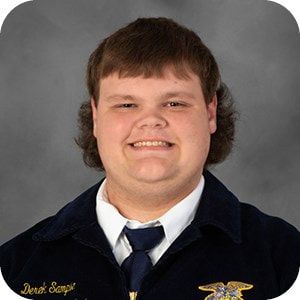

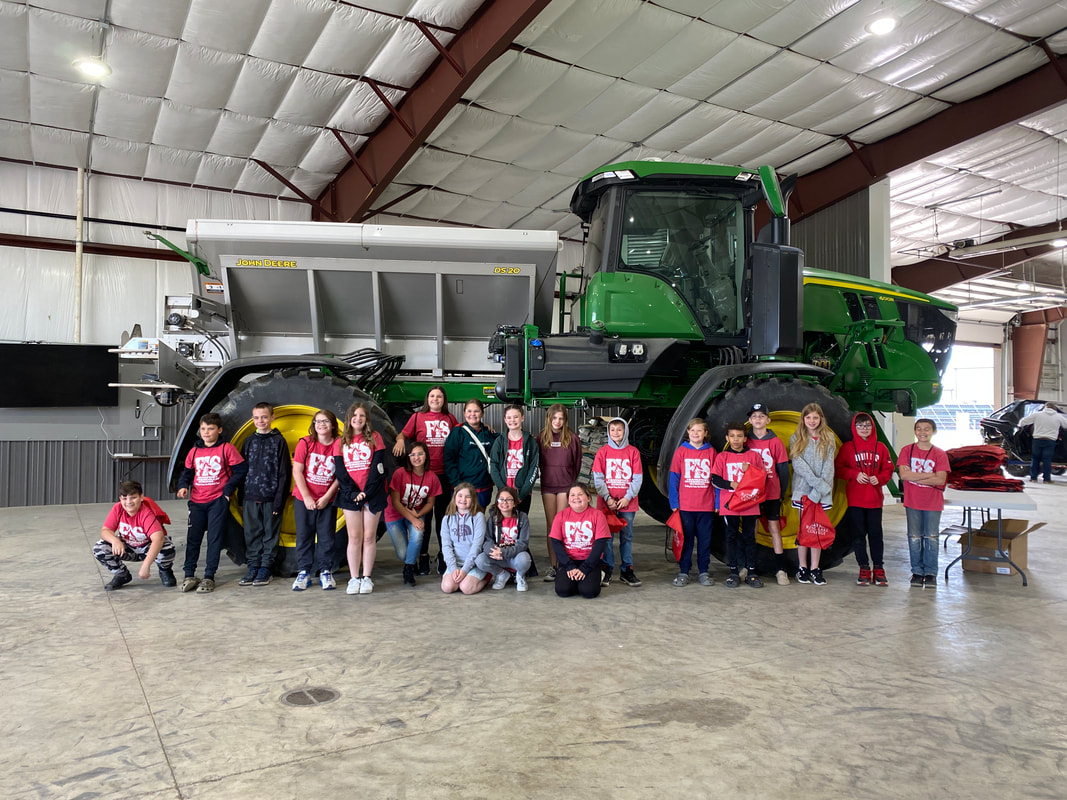
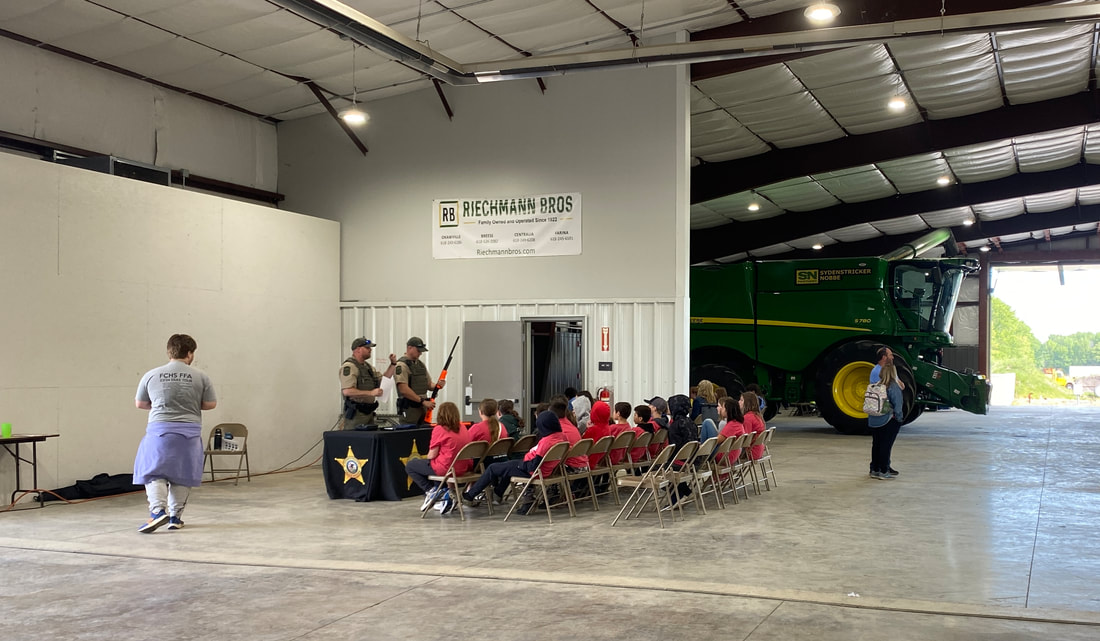
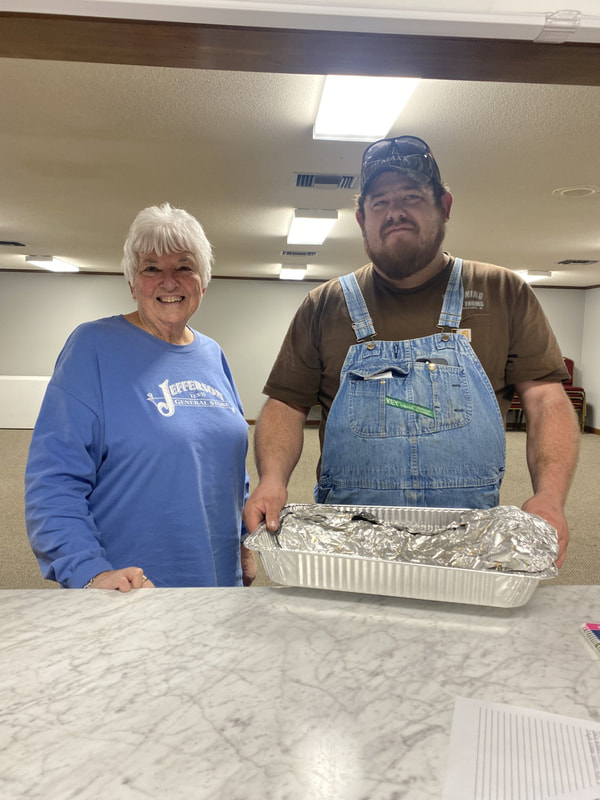
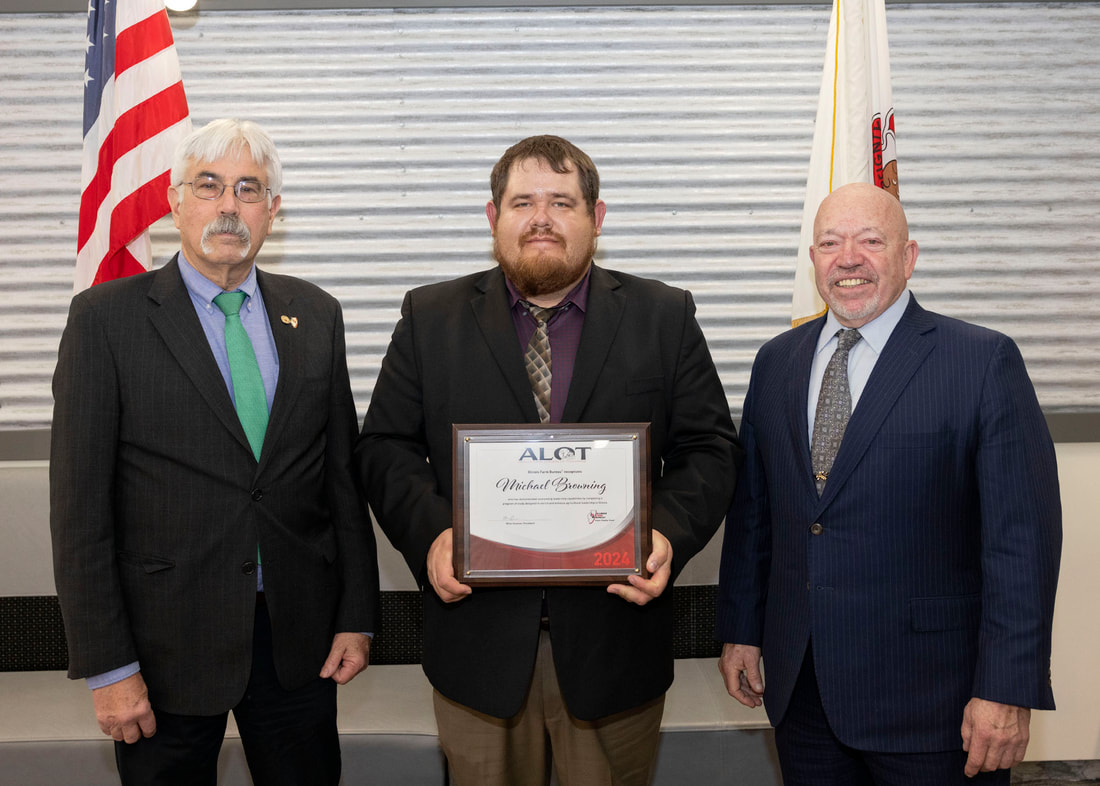
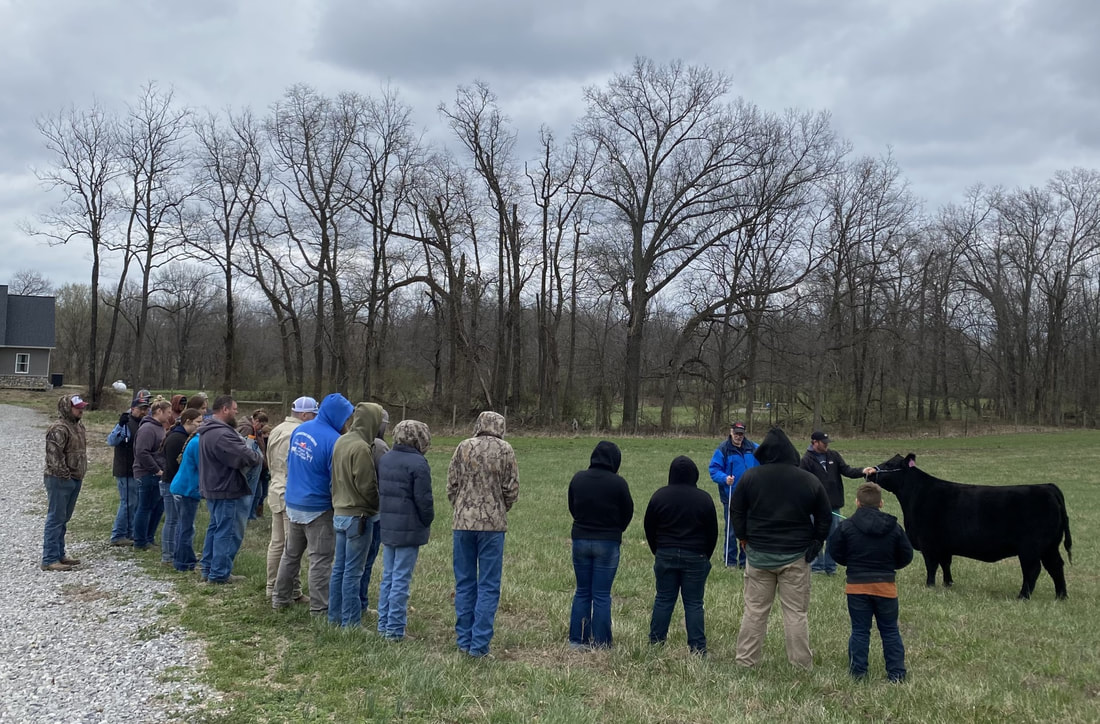
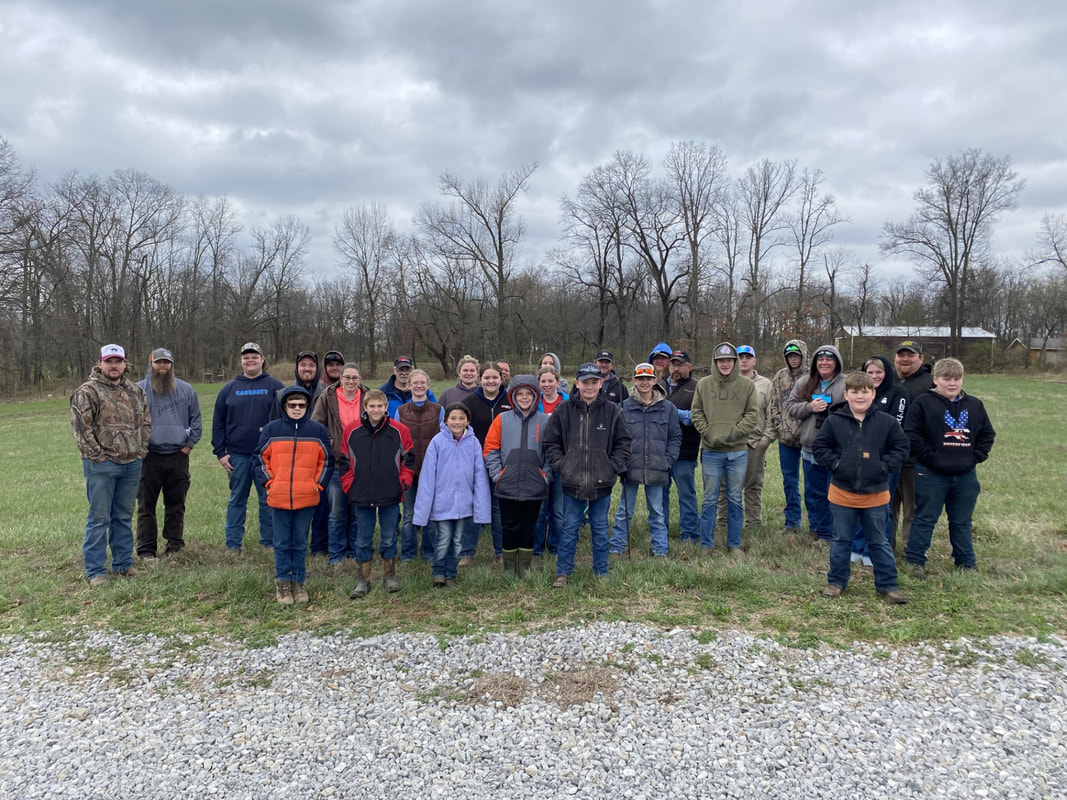

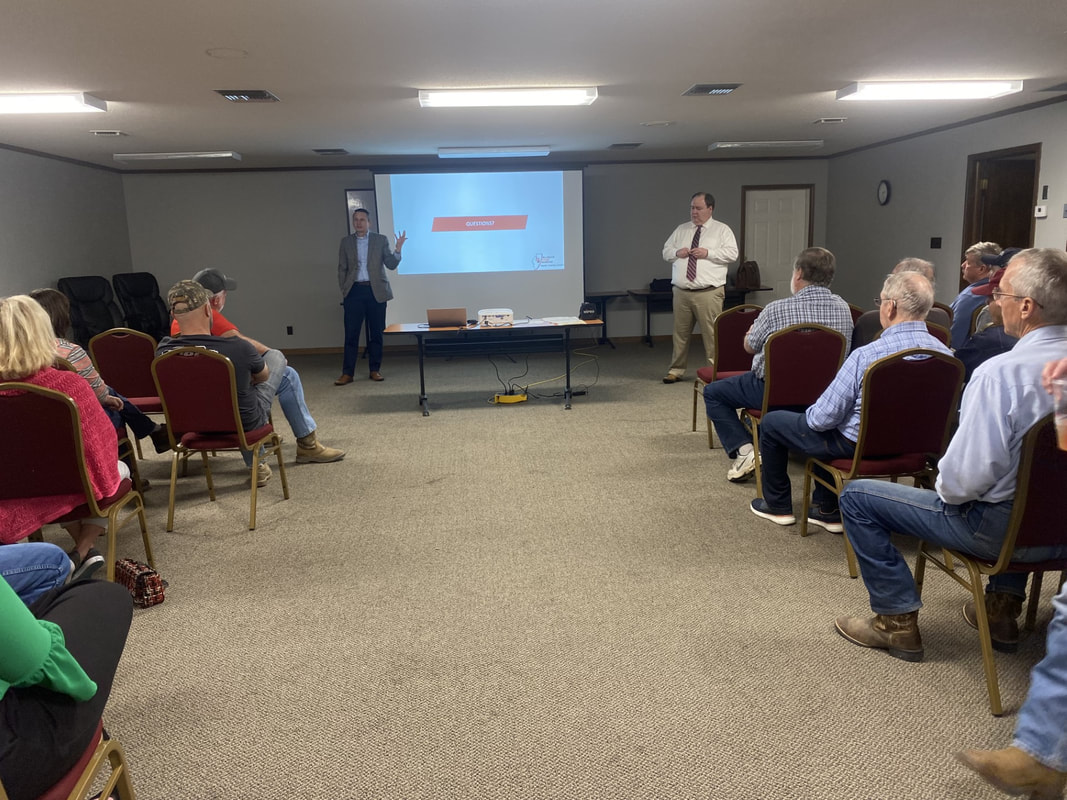

 RSS Feed
RSS Feed